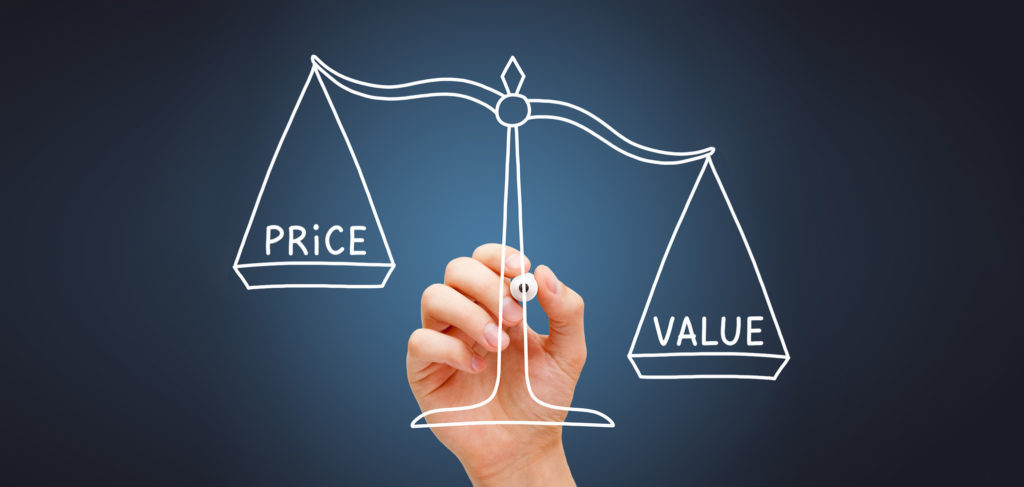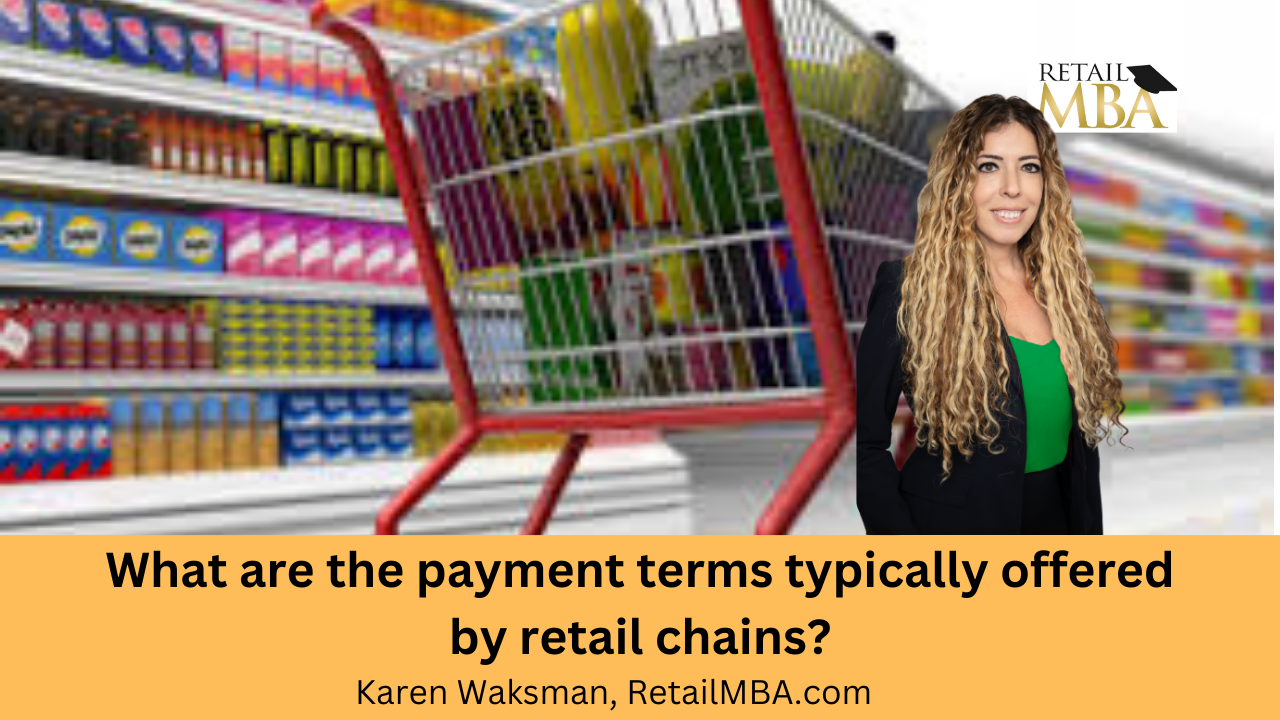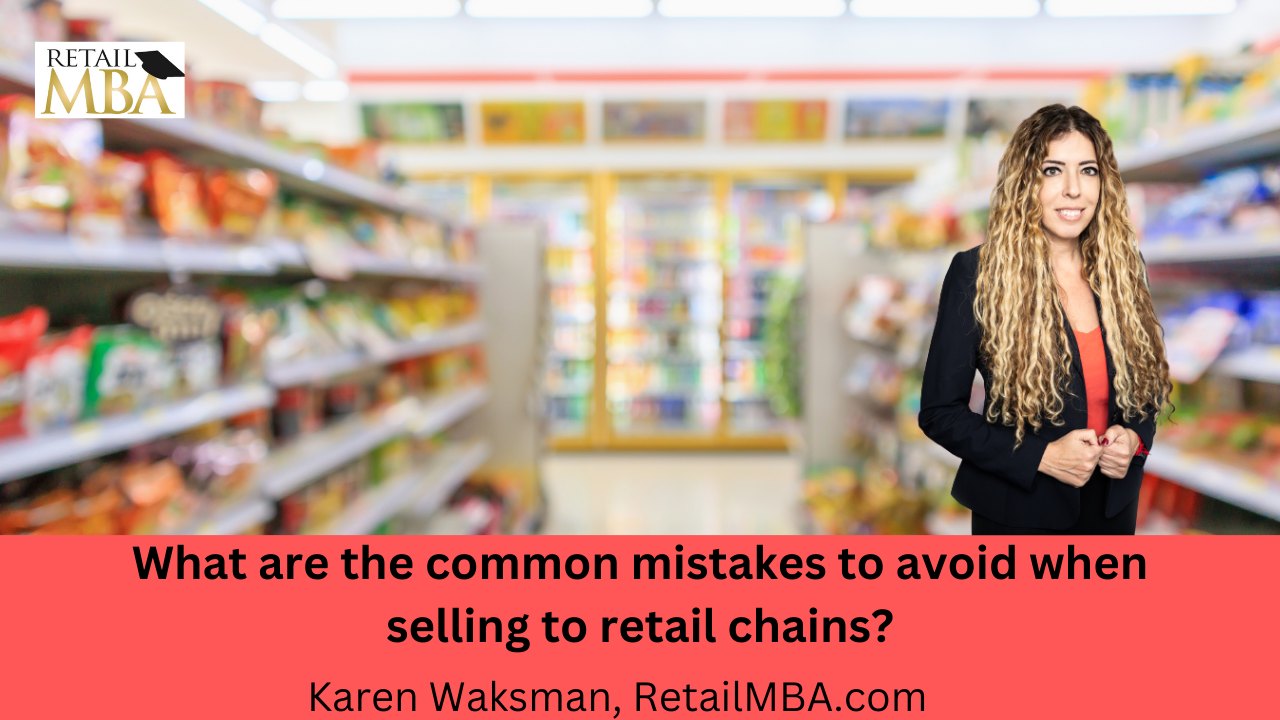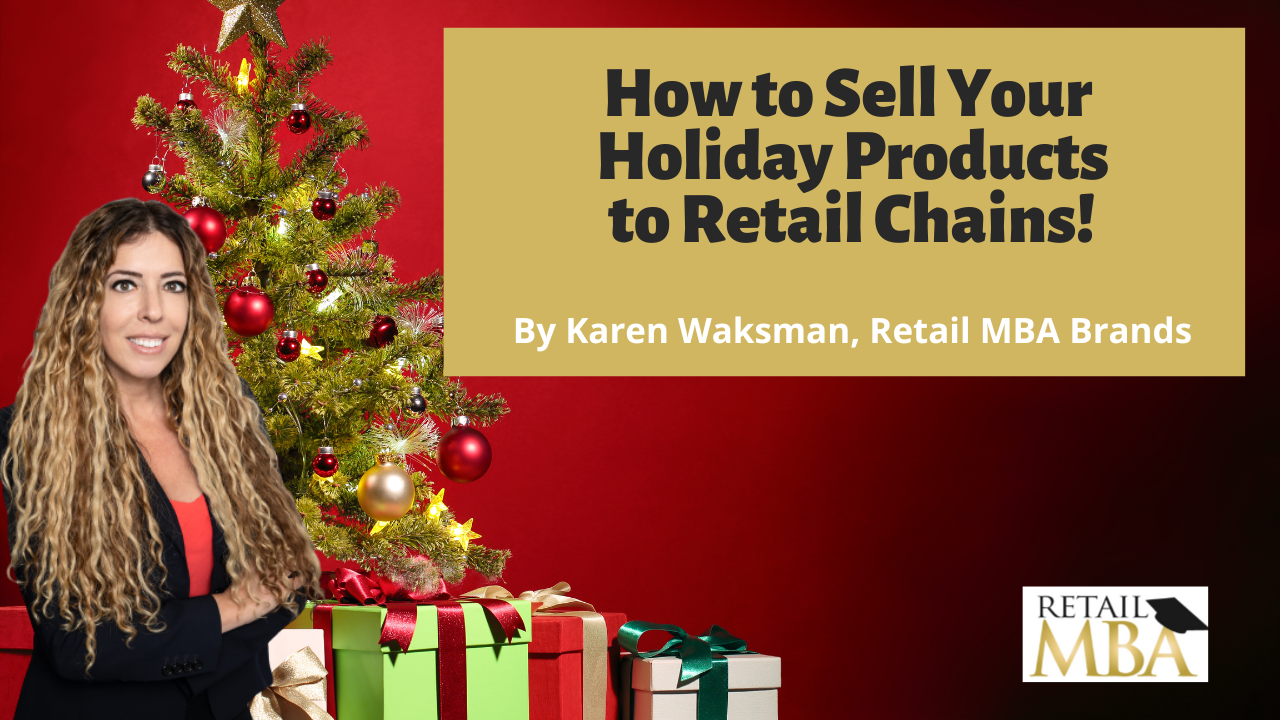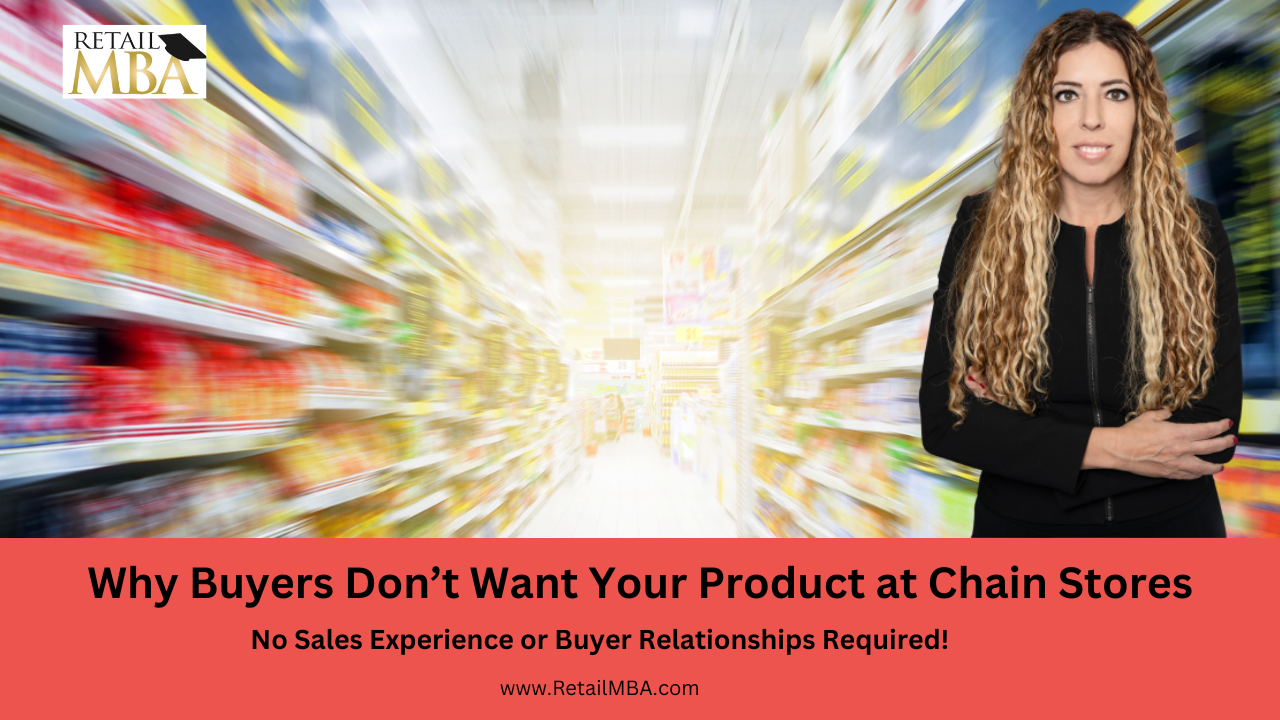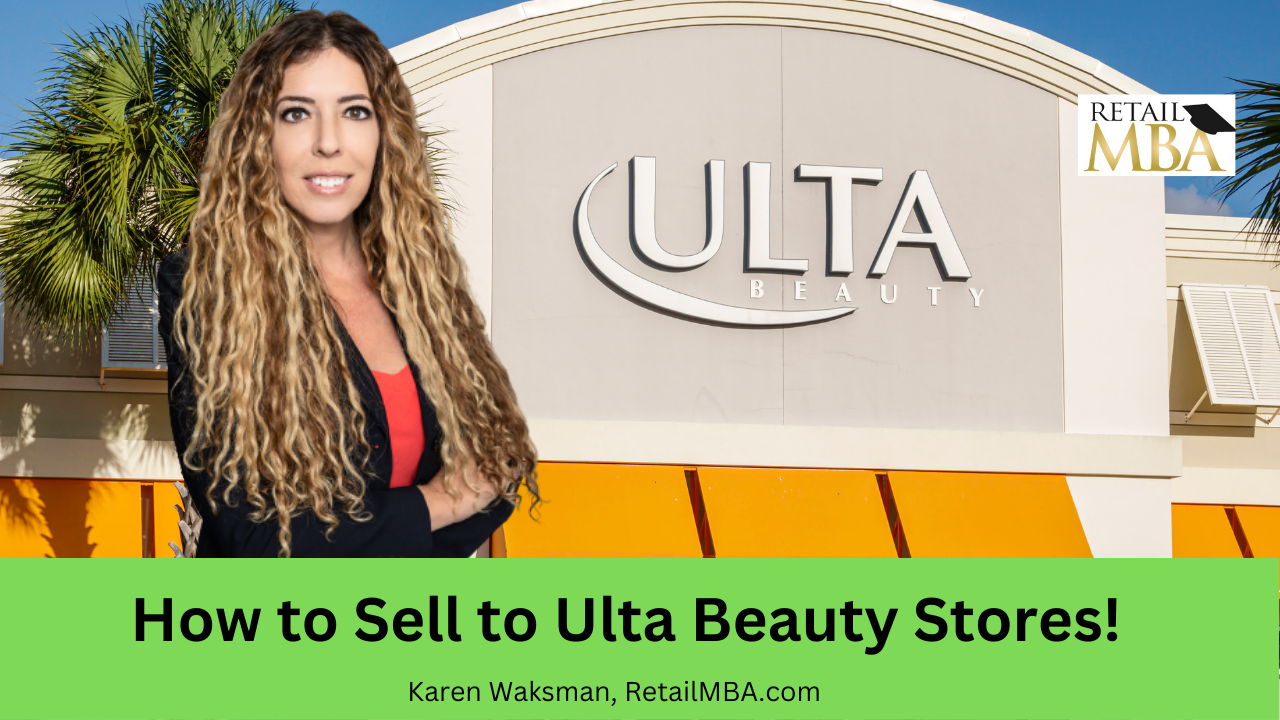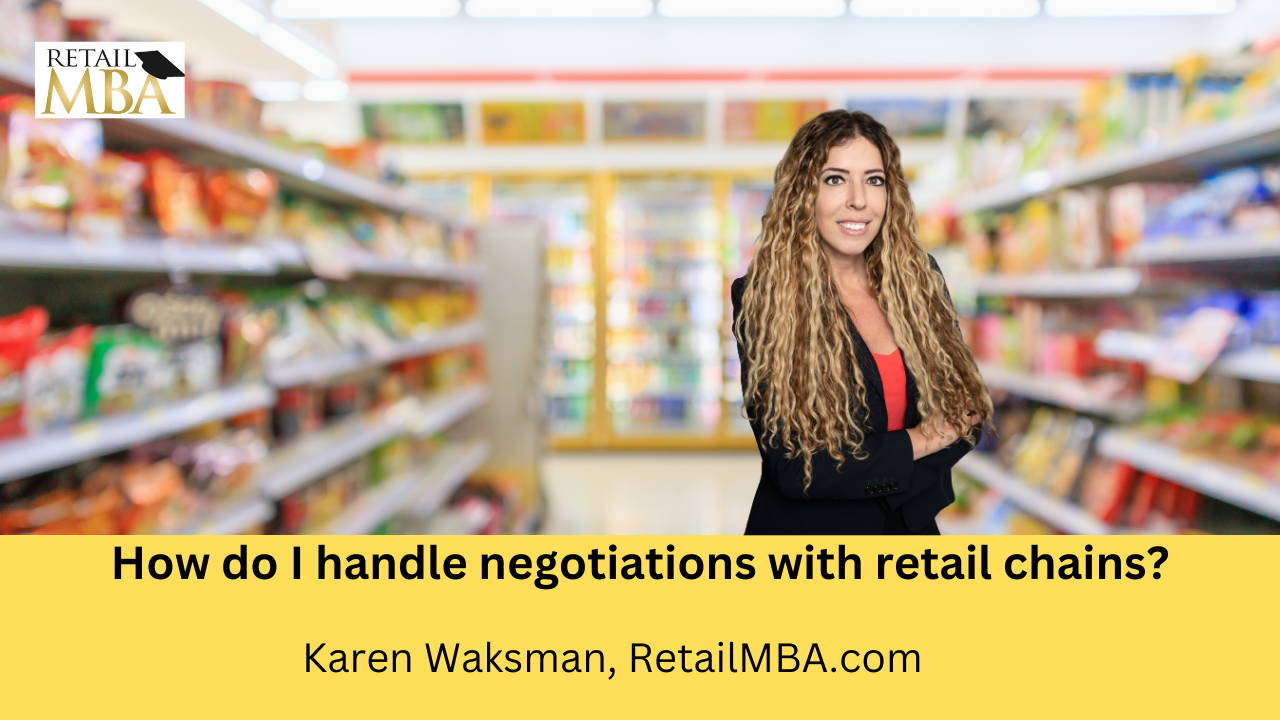Wholesale Retail Pricing
Wholesale Retail Pricing Strategies
Wholesale pricing requires striking a delicate balance between increasing profits and offering competitive pricing structures that attract customers. Setting too high of prices risks losing out to other vendors offering better bargains.
To establish the wholesale price for your product or service, it’s crucial to first understand your market segment. This will determine how your target audience perceives you and impact how you set prices accordingly.
Cost-plus pricing
Cost-plus pricing is an established wholesale retail pricing strategy that involves adding a fixed percentage to total costs to arrive at the product’s sales price. This method is straightforward to calculate and implement across various business models; yet its flaws include failing to consider factors such as customer demand and competitor prices – potentially leading to loss of revenue and competitive disadvantage.
To use this strategy effectively, first identify all your costs – both variable and fixed costs – then determine the appropriate markup percentage to add. It is important to take your unique competencies and market conditions into consideration when making this decision; for example if you offer competitive advantages in specific niches you may wish to set your markup below average while for strong brands it could be higher than average.
This pricing strategy works best for businesses selling a single good or service and have few products or minimal marketing expenses. Other pricing strategies may require hiring sales personnel or purchasing analytics tools; in any event, reviewing your pricing strategy frequently should always be part of any successful business plan.
Another drawback of the cost-plus model is its failure to consider consumer willingness to pay, an essential aspect of product success. If a product has elastic demand and prices can increase without losing consumers. A strictly cost-plus approach would ignore this fact and may miss out on potential profit.
Cost-plus approaches may not be appropriate for businesses with volatile production costs, such as fast fashion brands offering lower prices than their rivals. A change in supplier contracts or lower raw material costs might force companies to adjust their selling prices downward and incur losses; fast fashion brands could experience customer attrition due to this practice.
Value-based pricing
Value-based pricing is a pricing strategy that emphasizes the benefits your product or service provides to customers, differentiating itself from cost-based and competitor pricing strategies. To implement it successfully, the first step should be understanding what customers value most; conducting market research through customer segmentation or brand awareness to gain more insights about your target audience and understand their preferences better. It’s also vital to analyze competitors’ products to learn about your differences as well as buyer willingness.
Value-based pricing enables you to develop a strategy that maximizes profits without dissuading potential customers, by effective communication about price and value. One strategy for doing this is through creating quantified buyer personas – these represent ideal sections of your market in terms of demographics, behavior patterns, or any other pertinent details – to guide marketing campaigns or product creation decisions.
Perceived value is at the center of value-based pricing. Consumers are willing to pay more for products they perceive to provide ample value; examples include Louis Vuitton bags or Nike Air Jordans that have high perceived value due to their brand recognition or status. Retailers can take advantage of this perception of value by cultivating brand recognition and positioning their products so customers feel as though they’re getting great deals.
While some businesses can successfully employ a value-based pricing strategy, others may struggle to implement one due to difficulty comparing their product against its competition and calculating an appropriate price – something which often requires extensive research and analysis.
However, value-based pricing can help your business flourish and enhance your bottom line. Furthermore, it can give products greater perceived value, which in turn attracts new customers and can even help if selling luxury goods; value pricing makes customers feel good about purchasing and increases customer loyalty.
Competitor pricing
Competitor pricing is a method for establishing wholesale rates that focuses on analyzing retail prices to establish wholesale rates, which in turn influences retail pricing. Knowing how competitor pricing works is essential if you’re starting a new business without an established brand and reputation; especially so in its early days.
Cost-plus pricing models are a widely adopted method for competing retailers to price products accurately and compare costs from multiple suppliers easily. This model takes into account production costs as well as profits made from both wholesaler and retailer operations, enabling retailers to compare similar offerings from different providers quickly.
Value-based pricing is another effective strategy, which involves setting prices based on perceived product value and market threshold. This strategy works especially well when dealing with unique or premium goods as consumers often are willing to pay more. Though this method requires extensive research and customer feedback, it will help you set an accurate price point.
Thirdly, competitive pricing models based on competitor prices take account of what your competitors are offering. You may use this method to establish an initial price for your product but be careful never to reduce prices below an industry minimum as that could make you appear greedy to customers and lead them away from you altogether.
Finally, there’s the “guesswork pricing method”, which offers a quick way of establishing wholesale prices by mimicking competitors’ strategies. Unfortunately, however, this strategy may lead to inaccurate and even nonexistent profits for your business.
Consideration should also be given to your wholesale customers’ purchasing behavior when setting prices. If they tend to be price sensitive or place frequent orders, offering volume discounts could encourage more purchases from you. You can learn a great deal about them through market research studies or gathering customer feedback via interviews or surveys.
Suggesting pricing
Suggested Retail Prices (MSRPs) provide an accurate indication of customer demand for your product or service, which can be determined through conducting customer research such as interviews, surveys, or polls. They also help determine whether there is a market for it and the cost to produce it – typically 2.5-3 times wholesale pricing as a guideline from retailers.
when setting wholesale prices, it is essential to factor in both current costs and desired profit margin. You should strive for an acceptable profit margin that covers production costs while providing a competitive edge in the marketplace. At the same time, however, your price shouldn’t scare away potential customers by being too high.
One of the best strategies for setting wholesale pricing is value-based pricing. This strategy works especially well when introducing a new product; setting prices at the top of the market allows you to set them and then later discount them later, creating brand loyalty among your target customer group and drawing in new business.
Alternately, you could also analyze the prices of your competitors and adjust your own accordingly. This practice is commonplace in retail settings and can prove beneficial if you want to attract more wholesale buyers. Furthermore, this strategy may also be effective at decreasing inventory levels so as to make space for new items.
If you are having difficulty setting an ideal retail price, take into account current market trends and the interests of all your stakeholders. Overpricing will lead to decreased demand while underpricing could potentially bring about market collapse. A good way to start is evaluating manufacturing costs of your product and setting a minimum price that covers them all.
While calculating wholesale pricing, it’s essential to keep in mind that your customers expect a reasonable profit margin as well. One way of controlling this issue is requiring wholesale customers to sign an agreement that establishes the maximum price they can sell your products for; this will prevent them from undercutting your prices and competing unfairly with other businesses.
Step-by-step training on how to sell to retail chains!
We explain exactly how to do that and how to get started today. I’ve taught over 100,000 of companies over the years across the globe on how to get your products to the stores. And so we’re here to support you. Or please subscribe to our Youtube channel and or be on the lookout for additional training that we create.
We are here to expedite the process of generating revenue with your physical products and that’s what we’re all about. Take a look at our advanced training, live events, certification programs and so much more.
In this training, I will discuss some of the things to think about when approaching a retailer to sell your products and become a vendor. Hope it helps! 🙂
Karen Waksman,
Retail MBA
Questions? Contact Us!
1-855-Retail-2 (Call or Text)
Email: info@retailmba.com
Retail MBA provides a step-by-step formula on How to Sell to Major Retailers, Online Retailers, Smaller Retailers, Catalogs and More. No Experience Required! These solutions continue to convert for clients year-over-year! These are Time-Tested and Proven Strategies that we utilize ourselves when going after stores! Everything we teach, we test. Want access to these formulas? ANY one of our programs and coaching systems gives you access to them now. With that said…
Here are 5 Easy Ways to Work with Us:
1) Free Training – If You Would Like to Join Our Next FREE Webinar Training Called “Retail Chain Store Secrets – How to Sell to Major Retail Chains. No Experience Required” Then Sign Up NOW To Learn All About Selling into Retail Chains By Clicking Here!
2) Retail MBA Year Long Coaching and Training System – Our Year Long Coaching and Training System with Karen Waksman is POWERFUL! This is our most popular training and coaching system! We walk you through how to approach, pitch and sell to retail chains and we coach you along the way! Join us by Clicking Here!
3) Masterclass Intensives – Want to Join our Next 4 Week Elite Retail MBA Masterclass Intensive? These Intensives Are EPIC for people who Love Fast Paced Learning – Homework, Retail Coaching, Developing Your Strategy, Buyers Contacts and More! These Events Are Held Every Quarter. Join us by Clicking Here!
4) Done-for-You Program – If You Want Karen Waksman and Her Team to Reach Out to Your Top Dream Retail Chains On Your Behalf – And You Have a Retail-Ready Product, Check Out our Epic Done-For-You Service by Clicking Here!
5) In Person Events – If You Want to Learn LIVE and Meet Karen Waksman in Person at Our Next “America’s Next Retail Product: LIVE Event with Other Like-Minded Individuals in Beautiful San Diego, CA! We Would LOVE to Have You Join Us by Clicking Here!
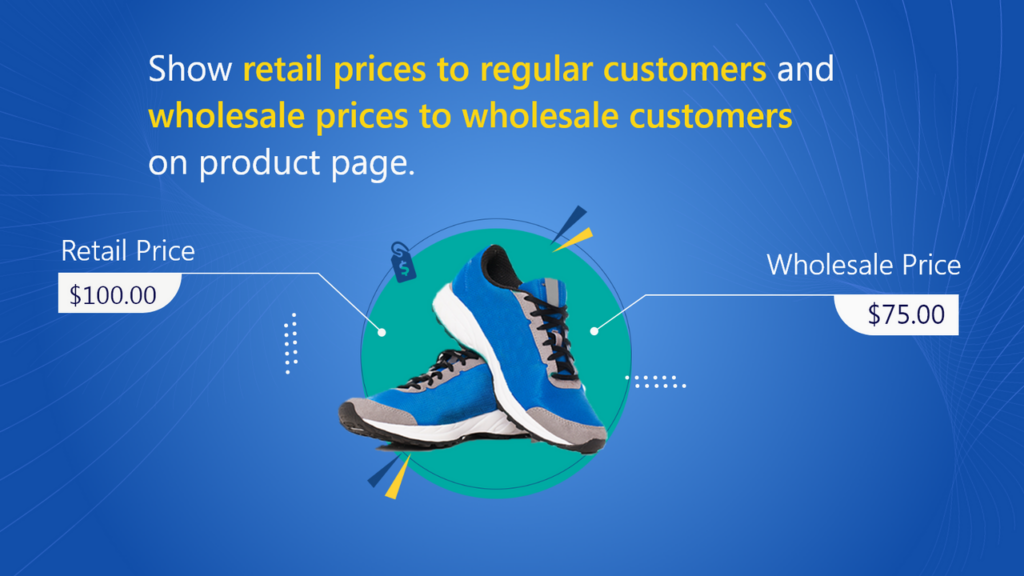
Check Out Our Additional Blog Posts Here:
Retail Terms
Retail Terms – What are the payment terms typically offered by retail chains? Click Here to Learn More!
Retail Vendor
Retail Vendor – What are the common mistakes to avoid when selling to retail chains? Click Here to Learn More!
How to Sell Your Holiday Products to Retail Chains
New Training on How to Sell Your Holiday Products to Retail Chains
Why Buyers Don’t Want Your Product at Retail
Why Buyers Don’t Want Your Product
Ulta Beauty Vendor
Ulta Beauty Vendor – How to Sell to Ulta Beauty Stores. Click Here to Learn More!
Retail Strategy
Retail Strategy – How do I handle negotiations with retail chains? Click Here to Learn More!
